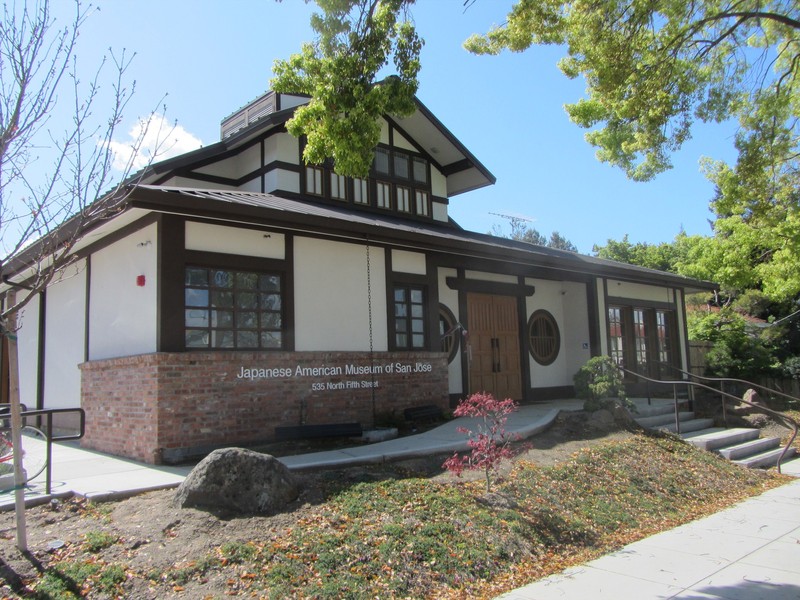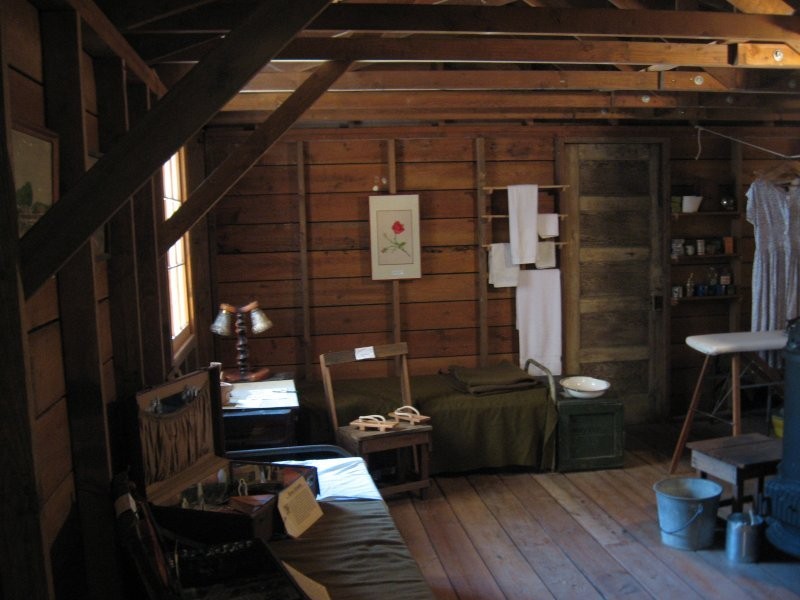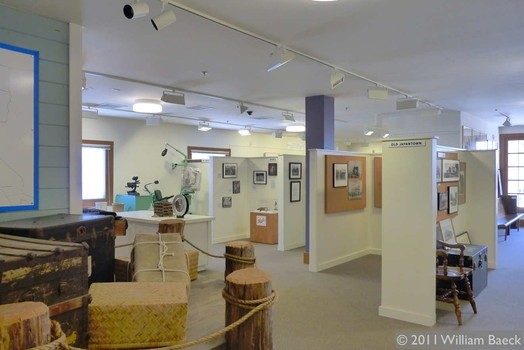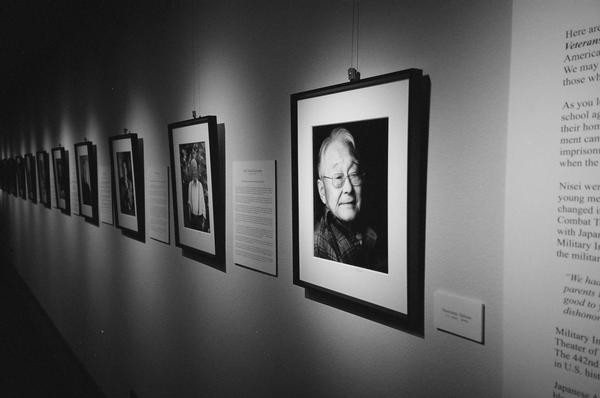Japanese American Museum of San Jose
Introduction
Text-to-speech Audio
Images
Exterior of the Japanese American Museum.

Replica of a residence within an internment camp.

Exhibits within the museum.

Photos from the Twice Heroes exhibit.

Backstory and Context
Text-to-speech Audio
The museum originally sprang from a research project that detailed the experiences of Japanese American farmers in the Santa Clara Valley. This project collected numerous historical photographs, family histories, personal memoirs, and other documents and these all went into the publication of the award-winning book, Japanese Legacy: Farming and Community Life in California’s Santa Clara Valley.
The collection that came from the research project was added to and housed in an upstairs room of the historic Issei Memorial Building which was also the former Kuwabara Hospital. Its current location is only two doors down from the Issei Building.
Some of the current exhibits now on display include: Twice Heroes, a photographic exhibit that honors those who fought for America during World War II while their family members were interned; Sports in the Japanese American Community, Pioneers of San Jose’s Japantown, and Yesterday’s Farmer: Planting an American Dream. The museum also sponsors an outreach program that travels to area schools and community centers, a curriculum guide for teachers, docent-led group tours and walking tours of Japantown.
